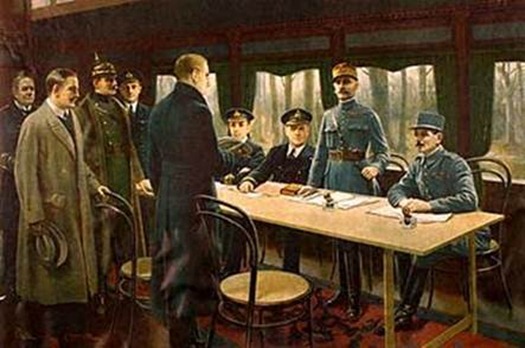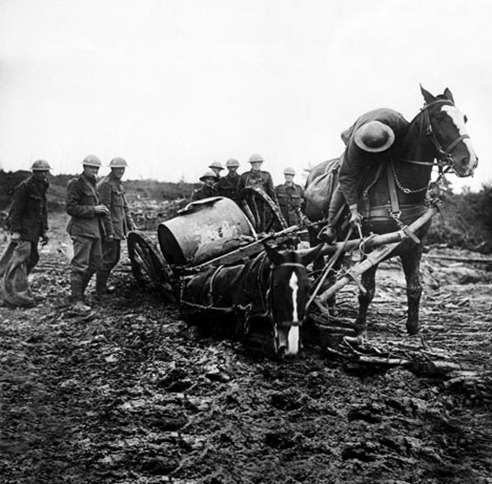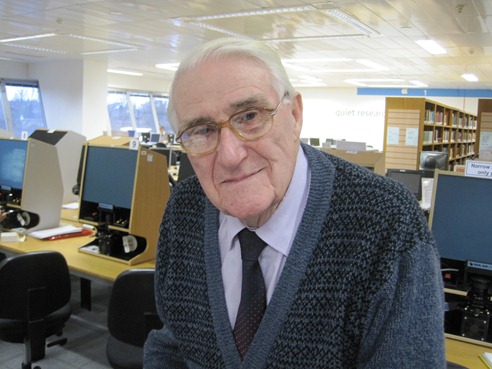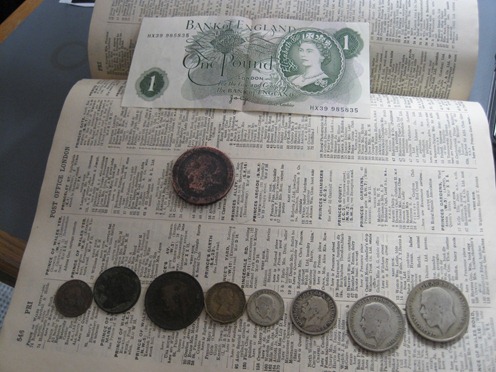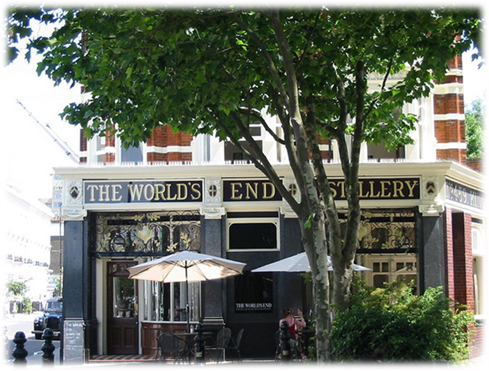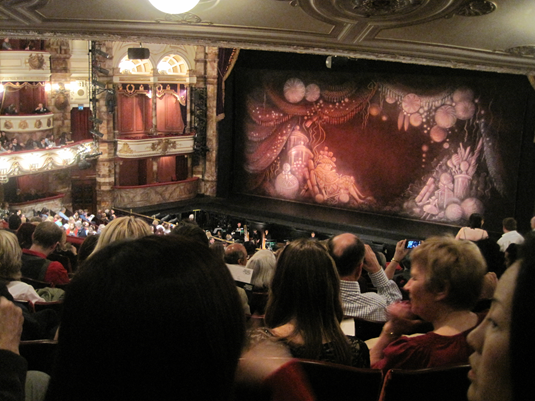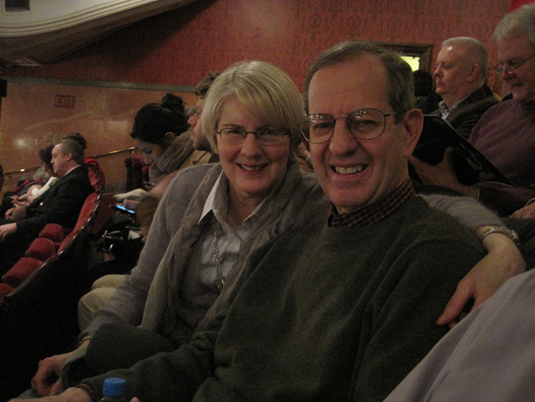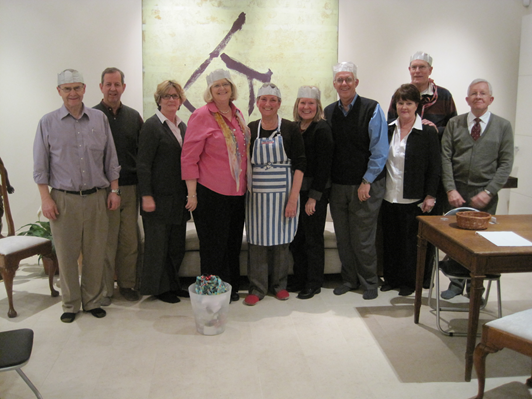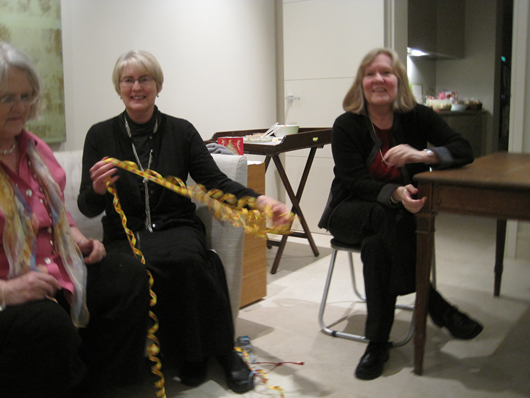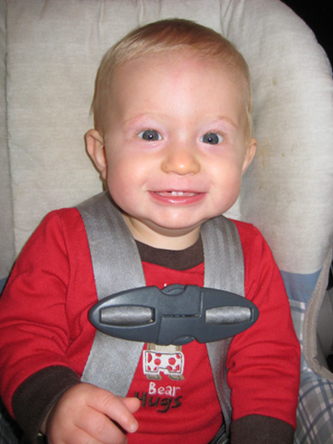Dear Family and Friends,
It all started on Wednesday. We had finished work at The Archives and were unable to get the train from Kew Garden’s Station because of a breakdown on the track. We ended up taking bus 391 from the stop down the road. The bus was packed with people, kids and a couple of unhappy babies- there might even have been a dog. We stood in the aisle. Forty five minutes later we arrived at Hammersmith Station and took the train the rest of the way to Earl’s Court. We had the same difficulty Friday evening- this time it was a signal error. On Saturday, we knew ahead of time that the train was not running between Earl’s Court and Kew Garden’s Station so we left early as we needed to open our area at The National Archives by 9:00 am.
Saturday evening we stopped at the grocery and carried 2 bags with us onto bus 328 for the ride from Earl’s Court to our flat. I held Ken’s brief case because he was holding the groceries. We got off the bus and walked the couple of blocks to our flat. Just as we got to our gate Ken said. “Where’s my briefcase?” I had left it on the bus. I felt awful but realized that we might be able to run and catch the bus at the stop before it turned up the King’s Road. Ken threw the groceries into our courtyard and we both took off running to see if we could catch the bus. There were some pretty important things in the brief case, including all of the information for a presentation we were scheduled to give our ward on Sunday. We couldn’t catch the bus so we ran down to the King’s Road and tried to get another bus so we could catch up with the briefcase. Meanwhile we saw a 328 coming the other direction towards us so we ran across the street and got on. The driver was very sympathetic when we told him our story and he radioed the dispatcher. We rode the bus until the dispatcher called back. He said they has located the briefcase and were holding it for us at the end of the route. We got off the bus, ran back to the King’s Road and found a cab to take us to the end of the route. There stood 2 bus drivers with big smiles on their faces holding the briefcase. Everyone that helped us was wonderful. I love the 328 bus drivers!
That evening we planned to go over a power point presentation on family history we made to show our ward. We had carried a projector home from the Archives earlier that week. When we opened the case carrying what we thought was the projector, we realized that it wasn’t the projector but our presentation computer. We couldn’t believe it. The presentation was the next morning and we had no projector!
We were very fortunate that we were able to get ahold of the counselor in the bishopric with whom we have been working and he arranged for another member to bring his projector. We thought we were home free. We set up the projector and my computer in the chapel and were ready to begin. Bishop Lee got up to give an introduction and the projector suddenly went off. Someone had accidently pulled the power cord out of the socket. I thought this has to be a terrible nightmare that goes on and on.
Our story ends happily. We were able to get the projector back on before the Bishop finished and carry on with the presentation.
When we got back to the flat Sunday afternoon we just looked at each other and then collapsed. No lasting affects except Ken’s shins hurt from the run to The King’s Road.
Working as a Family History Missionary
The other day a gentleman asked for my help in finding information on an ancestor. He was actually at the Archives doing research on the Titanic for a book he was writing. He has written several other books which are presently for sale in the Archive’s store. We found the birth record for his ancestor and then I showed him how to search the census records to find more information about his family. It was extremely interesting because the family was quite wealthy and lived in a large manor house in Norfolk. In one of the censuses there were 3 pages on the census that included all the servants who worked at the manor house.
A couple from Australia has been coming into our area at the Archives for several weeks. They are in the UK for 9 months doing family history research and seeing the sights. They had just planned on staying in London for a couple of days until they realized that they could do more by coming to us than traveling to the various parishes where their ancestors had lived.
A lady whose ancestors are from Grenada frequently comes to do research with us. The other day as I was doing a scan for her she said that from the records she has found using FamilySeach and our microfilms, she was able to trace an aunt who moved to the US. She was then able to locate this aunt in Florida and is now in contact with that branch of her family.
I mentioned above that we were able to present information to our Ward about family history work and indexing during our combined meeting on Sunday. We were so pleased to be invited to do this. We have been bringing our laptops to church for the past month to help people individually and we will continue to do this. We love to help the patrons who come to The National Archives but it is very satisfying to be able to help our own members do their family history. We love this work!
We went to a wonderful musical with the Inskeeps and the Robertsons on our last P day. It was George and Ira Gershwin's musical comedy, Crazy for You, at the Novello Theatre in the west end.
It was a crazy week but we love our mission and are still smiling.
Our best to all of you!
Love, Elder and Sister Fugal (aka Cheryl and Ken, Mom and Dad, Grandma and Grandpa)
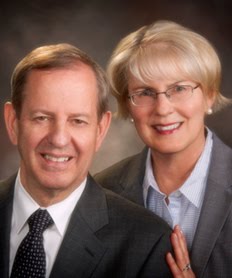

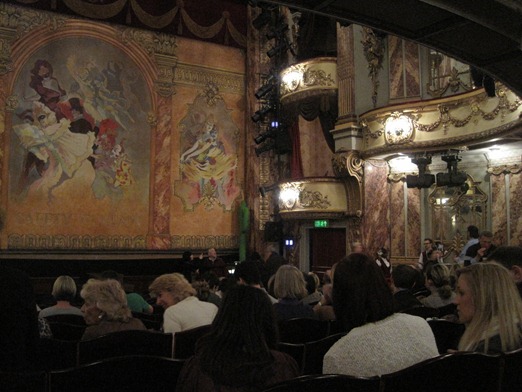
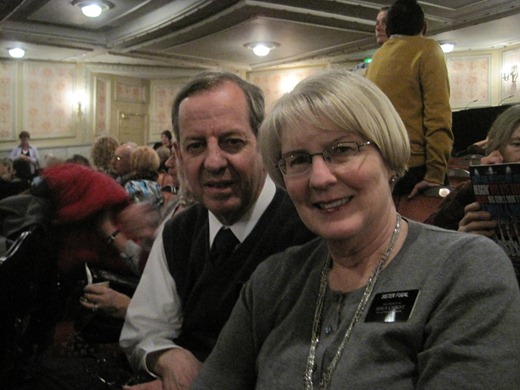

 diaries. As we sort through the archive boxes, we gain an insight into what conditions were like for those in the British military fighting in the trenches in France and in other places.
diaries. As we sort through the archive boxes, we gain an insight into what conditions were like for those in the British military fighting in the trenches in France and in other places. 